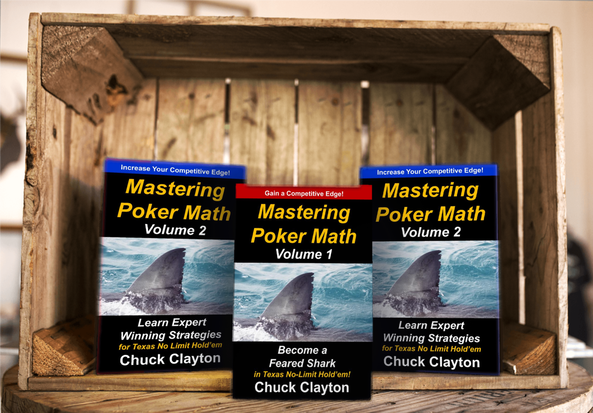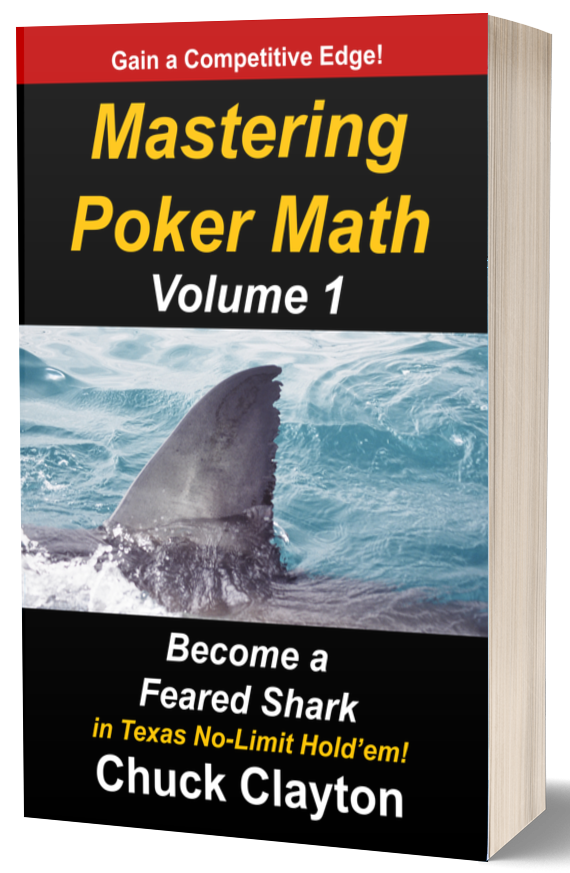|
Poker math knowledge is an undeniable and integral skill in poker. Yet, many players (even some pros) don't fully appreciate the math's importance. When I first started playing poker, it perplexed me why learning poker math wasn't more prominent and encouraged. This is understandable and perfectly fine for many players who don't like math and play the game for fun. However, any player who wants to achieve a strong competitive edge needs to embrace and learn practical and useful math at the tables. Here is a true story about another industry where math's importance wasn't fully appreciated for many decades. Moneyball Moneyball is a 2011 biographical sports film starring Brad Pitt as Billy Beane, the Oakland Athletics baseball general manager. In 2001 Beane was devastated by Oakland's loss to the New York Yankees in the American League Division Series.
To make matters worse, the Oakland Athletics team was losing some of its star players. Also, they had a limited budget for purchasing players for the team. Billy Beane knew he needed some drastic changes to be competitive. He was open to challenging old-school thoughts. During a scouting trip to the Cleveland Indians, Beane met Peter Brand, a young Economics graduate from Yale who had radical ideas about assessing players' value. Brand ends up working for Billy Beane. Instead of focusing on the estimated worth of any individual player, Billy Bean and Peter Brand focused on which players could be assembled to win the most games for the Oakland Athletics. In other words, they purchased undervalued players so they could maximize their budget and win more games. This was revolutionary at the time. Their method was genius and highly risky, but it worked. After a rough start in 2002, the Oakland Athletics achieved a record-breaking 20 consecutive game wins. They then went on to the American League Division Series, where they played against the Minnesota Twins. Although they lost, what they achieved in 2002 using the math to maximize their budgeted dollars and win games was noticed. John Henry (the owner of the Boston Red Socks) realized that using math to assess a player's value to a team was the future of baseball. He made an offer to Billy Beane to become the general manager of the Red Sox. Yet, Beane declined Henry's $12.5 million salary offer. If accepted, he would have been the highest-paid general manager in baseball at the time. Wow! The Boston Red Socks went ahead and implemented the math anyway. Two years later, they won the 2004 World Series using the model that Billy Beane and Peter Brand had pioneered. The Boston Red Socks hadn't won a World Series since 1918. They finally defeated the Curse of the Bambino*1 that had plagued the team for 86 years. Not bad! The moral of the story is that math's inescapable logic and power to pick the best players to win games wasn't used in the baseball industry until the early 2000s. At first glance, this seems incredible that it wasn't thought of before since baseball was (and is) a multi-billion-dollar industry. Yet, this true story shows that shortsighted thinking continued in the selection of ballplayers until two trailblazers who were willing to risk it all showed by example the power of math in selecting a winning team. Note #1: The Curse of the Bambino was a superstitious sports curse. In 1918 the Red Socks sold Babe Ruth (known as the Bambino) for $125K to the New York Yankees after the 1919 season. The Boston Red Socks did not win the World Series from 1918 until 2004 (86 years later). Before 1918, they had been one of the most successful professional baseball franchises. Discussion When I first started playing and studying Texas No-Limit Hold 'em, I found several practical poker math gaps. This puzzled me. I suspected it was missed, but with poker being so huge, that was tough to understand. The movie Moneyball highlights that significant gaps in knowledge occasionally exist—even in massive industries such as baseball and poker. It reinforced my thoughts that some practical poker math had been missed. Mastering Poker Math Volumes 1 and 2 are created to help fill these practical poker math gaps.
0 Comments
Your comment will be posted after it is approved.
Leave a Reply. |
Now available on Amazon.com
"A must read if you’re serious about improving your game."
~ Tom Britton Become a Feared Shark!
This blog has been created to help you gain a competitive edge using poker math and how to integrate it with the rest of your game. Enjoy! ~ Chuck Clayton
Archives
June 2021
Categories
|



 RSS Feed
RSS Feed